Bionature foliar fertilizer products use – NHDelta stabilized nitrogen, 1-4-ALL trace Element, Tip-Top general purpose fertilizer. Syngenta variety Reflection winter wheat Drilling date 14th September Seed Rate – 110 -120kg/ha Head Count on 14th July – 900+ heads /sq m New World Record 16.5Tonnes/ha 0.8Tonnes over previous record held by a New Zealand farmer.
Category: Blog
-
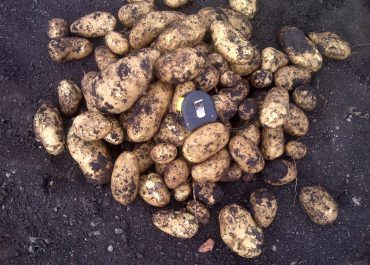
DeltaTreated Potatoes. Variety: Markies
These potatoes are grown on some black fen soil, good soil for the job. The farmer has applied NHCaDelta at a rate of 2 Lts per ha with every blight spay and you can see from the sample that whilst untreated is a very fine sample the treated are a more even size and larger.
The untreated sample of Markies are very good and number of tubers is impressive, however there is a variety of sizes an uniformaty is less good than the treated sample pictured below.
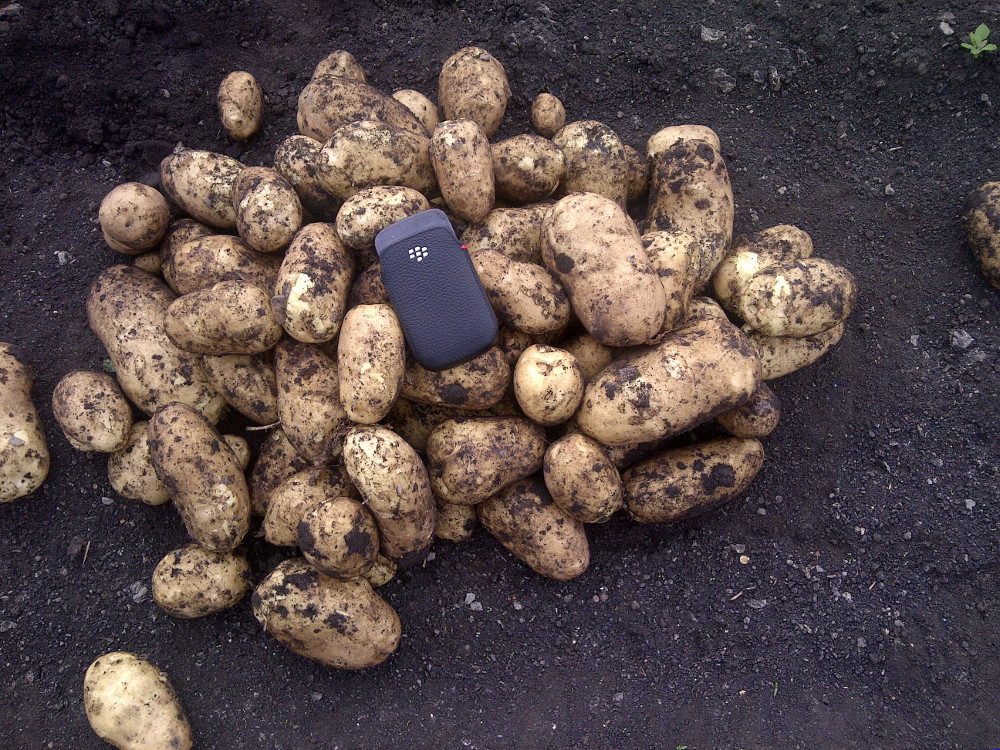
The treated Markies have recieved 2 ltrs per ha with every blight spray and have now more uniformed size and shape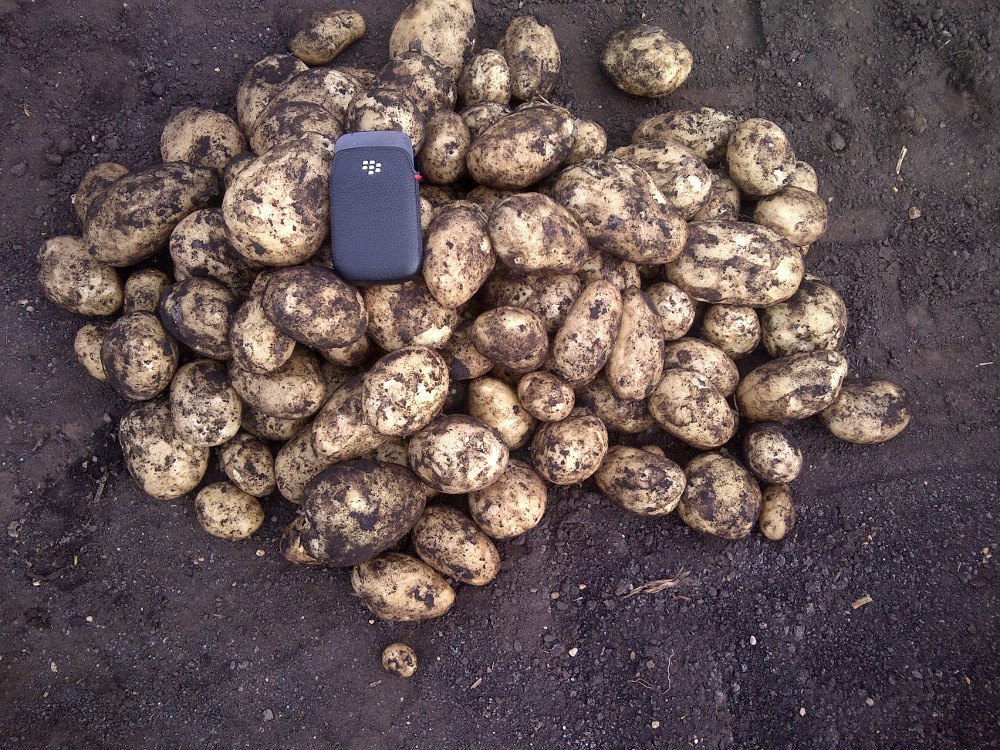
These Delta treated Piper had the same yield dig of 3 meter run and produced 19.15 t/ac yield which is a 2.3 tonne increase over untreated. This crop has received between 2 and 3 litres per ha per application of the blight spray. The crop is growing well and will continue to bulk.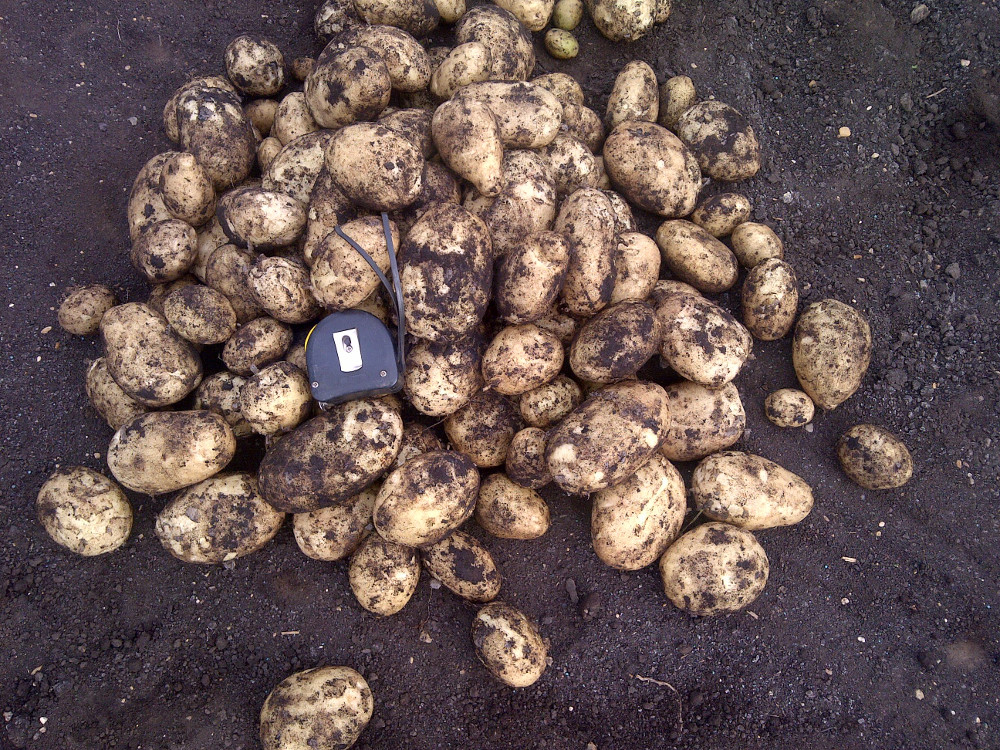
Untreated Piper. We took a yield dig of 3 metre from a full ron of crop, no misses in the run and the untreated sample seen here produced a yield of 17.7t/ha -

Worlaby Farm Spring Crop Review March 2014
Worlaby Farms near Horncastle in Lincolnshire broke the UK wheat yield record last year (2013) by using our Delta foliar nitrogen fertilizer and 1-4-ALL trace element foliar product. This year the drive is on to break more records across different crops and the scene is set with crops looking very good.
This review is a brief look at crops as they stand in the middle of March 2014 and show the wheat and barley looking very well.
There is very low levels of disease and no evidence of nutritional deficiencies in cereal crops more over the rooting and crop frame is exceptional.
-
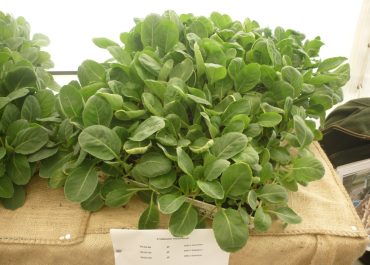
Delta Treated Brassica Plugs v Untreated Brassica Plugs
Mick Nundy prepared two trays of brassica plugs for the two day, 2012 Brassica event, held at Kirton Holme just off the A52 near Boston on the 10th and 11th October.
One of the trays received a standard fertilizer treatment of 1 x 03:01:05 @ 200:1 solution and two applications of 03:01:05 @ 100:1 solution. The treated tray had 1 x 03:01:05 @ 200:1 solution and 2 applications of NHCaDelta @ 100:1 solution.
This is a picture of the treated plugs. The low levels of NHCa Delta have produced the broader thicker leaf with good dark colour. The plugs are robust and stems have good stiffness. there is no discolouration in the leaf and no apparent deficiencies.
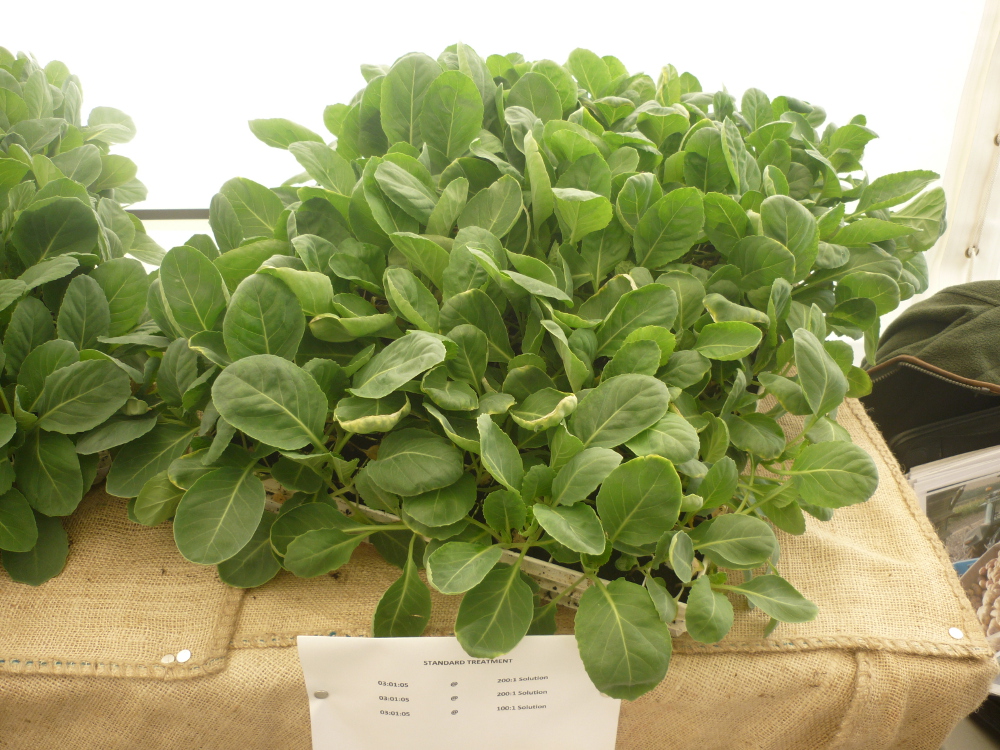
This is a picture of the untreated tray of plugs. The leaves are smaller and are suffering with leaf curl and tip burn, there is also some discolouration within the leaf. The lack of calcium may be the contributory factor to the poorer condition of these plugs. When handled they are less robust than those treated with NHCaDelta.
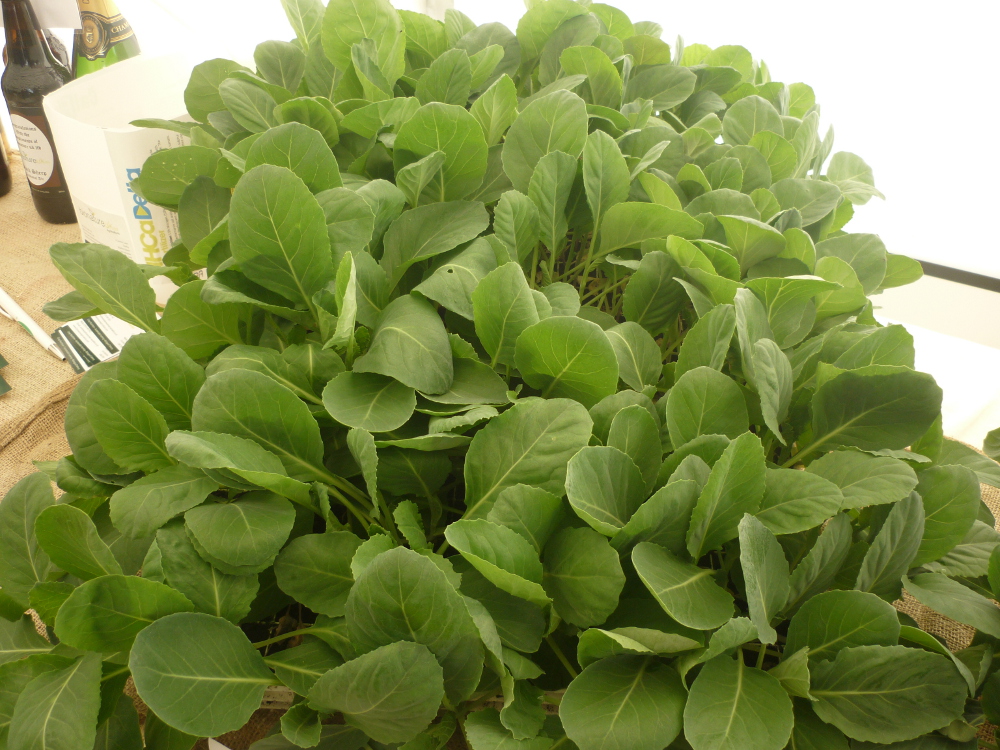
This is a picture of the treated Plugs. The Delta Ca treated tray has produced a very healthy plant with larger leaf area and a thicker leaf. There is no discolouration the plugs have a robust feel to them when handled. The calcium in NHCaDelta has contributed to the overall health status of the plant.

The treated plugs are those on the left hand side and clearly appear much healthier than those on the right which have received a normal program of fertilizer.
NHCaDelta has provided the crop with nitrogen and Calcium and when watered the nitrogen is not washed out of the plug as would be the case with other nitrogen’s.
Although it is hard to see, there is a degree of inter-vein discolouration which would suggest the plant is suffering some form of stress whether abiotic or biotic. Certainly not such stress exists with the Delta treated plugs.
